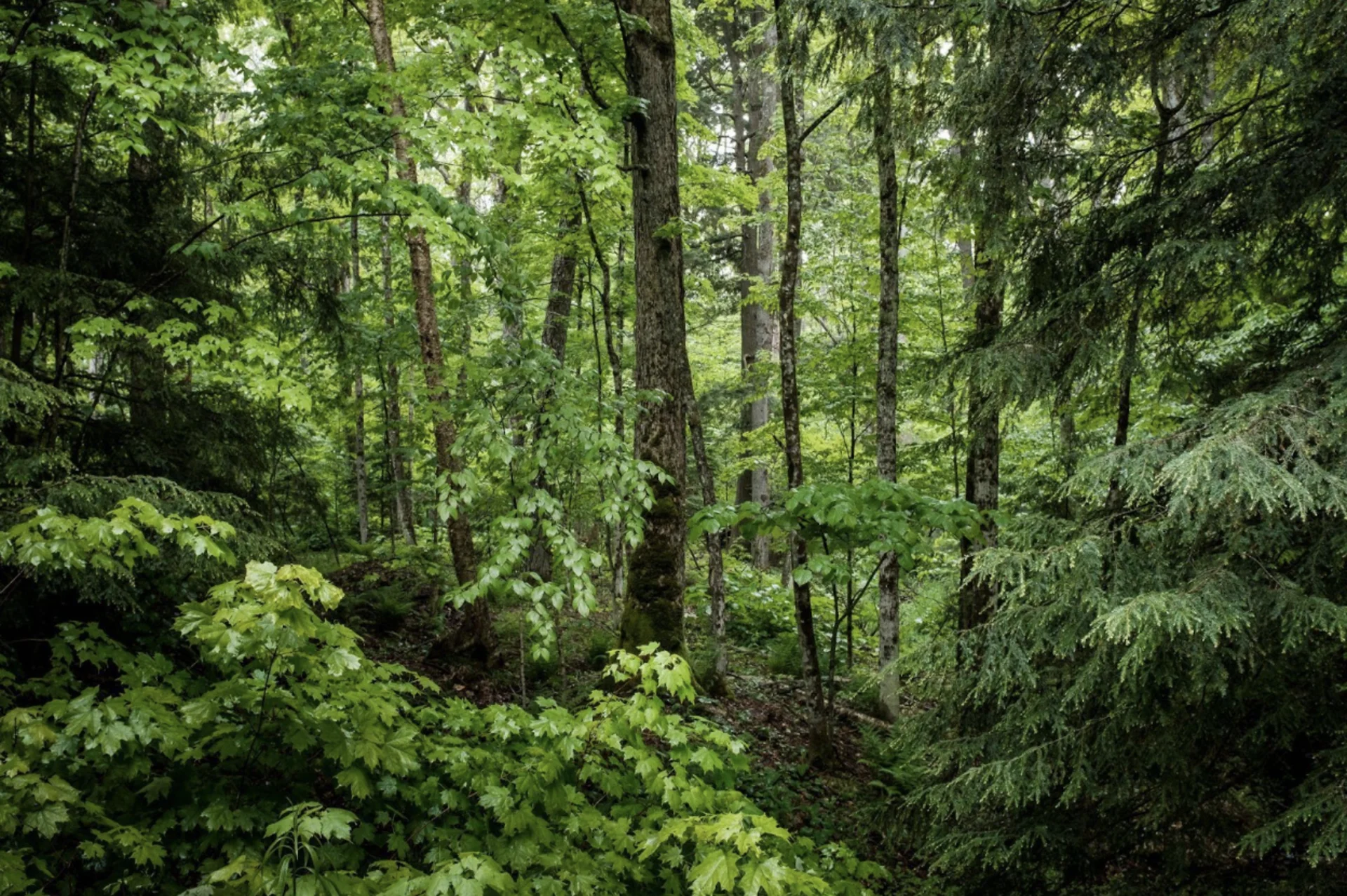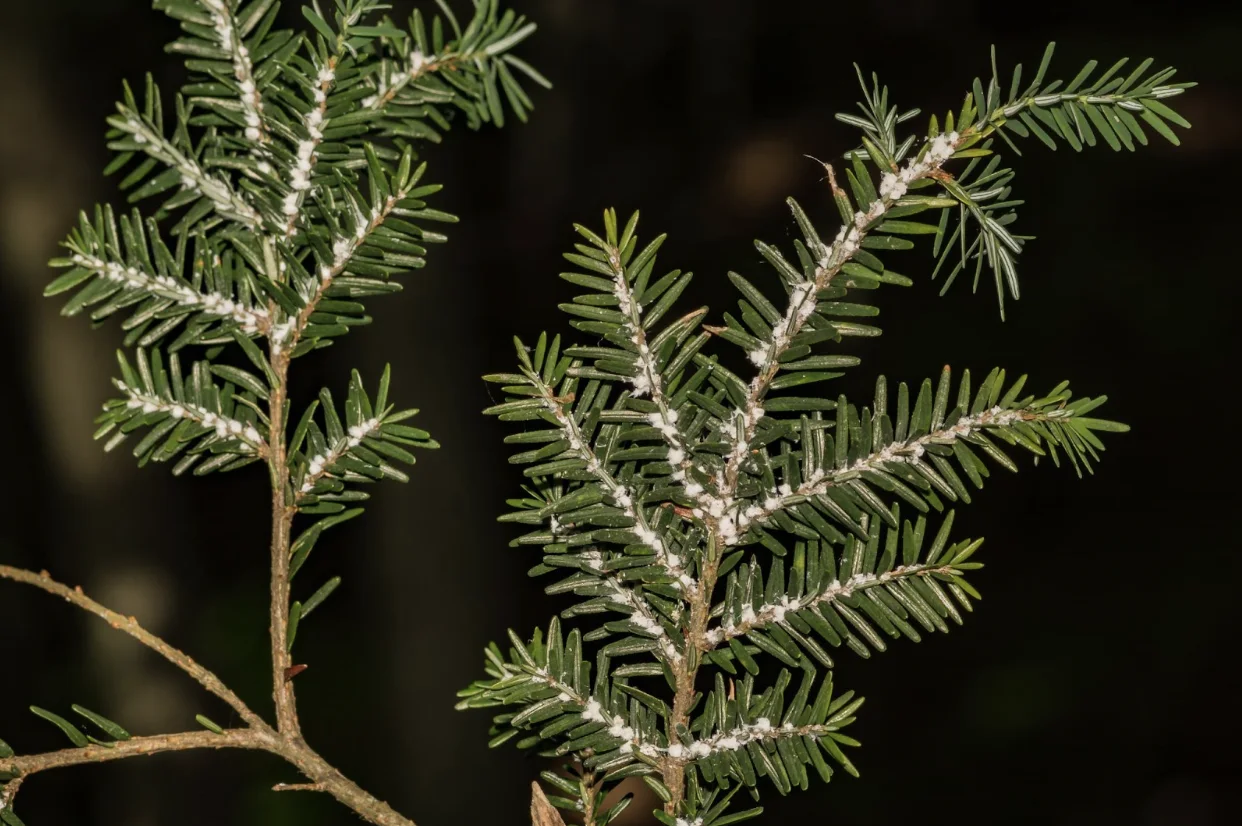
Planting the seed for the love of our forests (and your health)
Forests Ontario—a national charity dedicated to the creation, preservation and maintenance of forests and grasslands—planted 2.5 million trees this year; here's the important reason why.
As Canadians, we truly value the rejuvenating experience of connecting with nature, especially as we head into a season of vibrant fall colours. So it's important to soak in the forest bathing benefits all year round!
Taking a walk in a verdant forest can have numerous health benefits, such as reducing stress, enhancing mood, and even improving concentration. However, not all healthy forests are created naturally by Mother Nature alone. At times, they may require our assistance.
CEO of Forests Ontario, Jess Kaknevicius, knows this firsthand, as she has planted over 100 thousand trees in her career thus far.
"We [Forests Ontario] do more than just plant trees; we build healthy and diverse forests," said Kaknevicius.
During National Forest Week, which runs from September 17–23, Forests Ontario encourages Canadians to connect with nature and to learn about the importance of tree planting and restoration.
"We work with partners all the way from collecting seeds to growing the seedlings in nurseries to growing the seedlings into healthy and resilient forests," she continued.
Forests Ontario is a national charity dedicated to making our forests and communities greener by planting trees, maintaining our forests, and inspiring the next generation of environmental stewards. The charity is on a mission to increase forest cover, restore forests impacted by a changing climate, and improve forest conditions in Ontario and across Canada. This includes engaging with communities and learning about invasive species and their impact on our forests.
York Region Invasive Species Specialist Dayna Laxton, with Natural Heritage and Forestry, works on the ground in the York Regional Forest. Laxton looks out for emerging invasive species while also managing the landscape to protect the health of the forest and our communities.
"Forest management is very important," Laxton said. "In the face of climate change, our forests are seeing a lot more extreme weather events, from flooding to drought to extreme windstorms... [Forestry staff] go in and perform hazard tree assessments. We look for trees that are sick or dying that may fall during a windstorm [and remove them preventatively]."
On the flip side, York Region Forestry staff are avidly planting different species of trees to build more resilient forests that can better withstand extreme weather events and a changing climate. That's why this year's theme for National Forest Week is the importance of biological diversity.
"Biological diversity is the diversity of life found in an area. It includes everything from different types of trees to birds to bugs to plants we see on the ground," explained Kaknevicius.
"Just like our communities—we have everything from young kids to older people—that is also represented in a healthy and diverse forest. Young trees provide certain benefits, while older trees are starting to decay and provide different habitats and benefits for wildlife and bugs. All of them interact and work together to form healthy ecosystems that provide us all the benefits we receive on a daily basis," she continued.

Jess Kaknevicius, CEO of Forests Ontario, with son Joshua.(Provided)
According to Kaknevicius, studies have shown that forests provide health benefits such as reducing stress, improving mood, and lowering cholesterol and blood pressure levels.
While walking in forests can keep us healthy, we need to return the favour. Laxton encourages Canadians to keep their eyes peeled for signs of emerging invasive species that could threaten the future of our forests.
"Some emerging invasive species are not yet known to be in York Region, like Hemlock woolly adelgid (HWA) and Oak Wilt, but are known to be in Ontario now," said Laxton.

Hemlock trees are vulnerable to attacks from invasive species, such as Hemlock woolly adelgid. (Getty Images)
According to the Invasive Species Centre, HWA is an insect that attacks and kills hemlock trees by feeding on nutrient and water storage cells at the base of the needles, essentially sucking the tree dry.
"Oak wilt is a fungal infection, and it impacts our native oaks. Oak is an extremely important part of our forests and our economy," said Laxton.
Oak trees can die within three months of a fungal infection. If you notice oak leaves browning and falling off in June or July, call a tree-care company so professionals can take a better look.
If you spot any of these invasive species or the symptoms they cause, report suspected sightings to the Canadian Food Inspection Agency.
During National Forest Week, take the opportunity to get outside and enjoy your local forest. Spending time with loved ones in the great outdoors can be a wonderful way to create lasting memories while also connecting with all that nature has to offer. By exploring these beautiful places together, we can help ensure that they are conserved for future generations to enjoy.
"Getting [youth] involved in education programs, getting them outdoors, and engaging in community events is a great way for young people to form that connection with the outdoors. When people feel connected, the more likely they are to give back and donate to a cause they believe in," explained Kaknevicius.
You can get involved and help support Forests Ontario by making a donation, becoming a member, or visiting their website to find out more.
(Header image courtesy of Getty Images)










